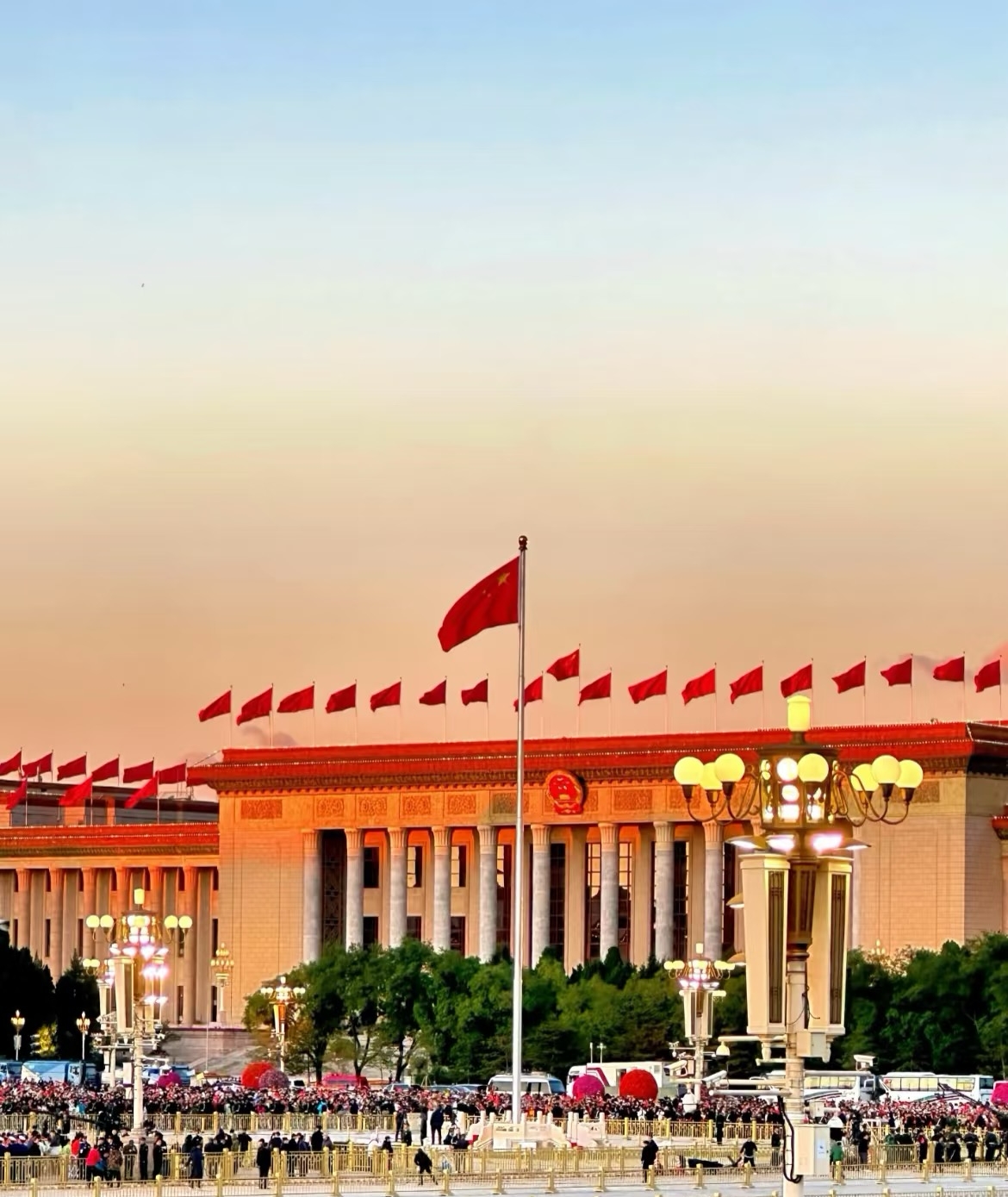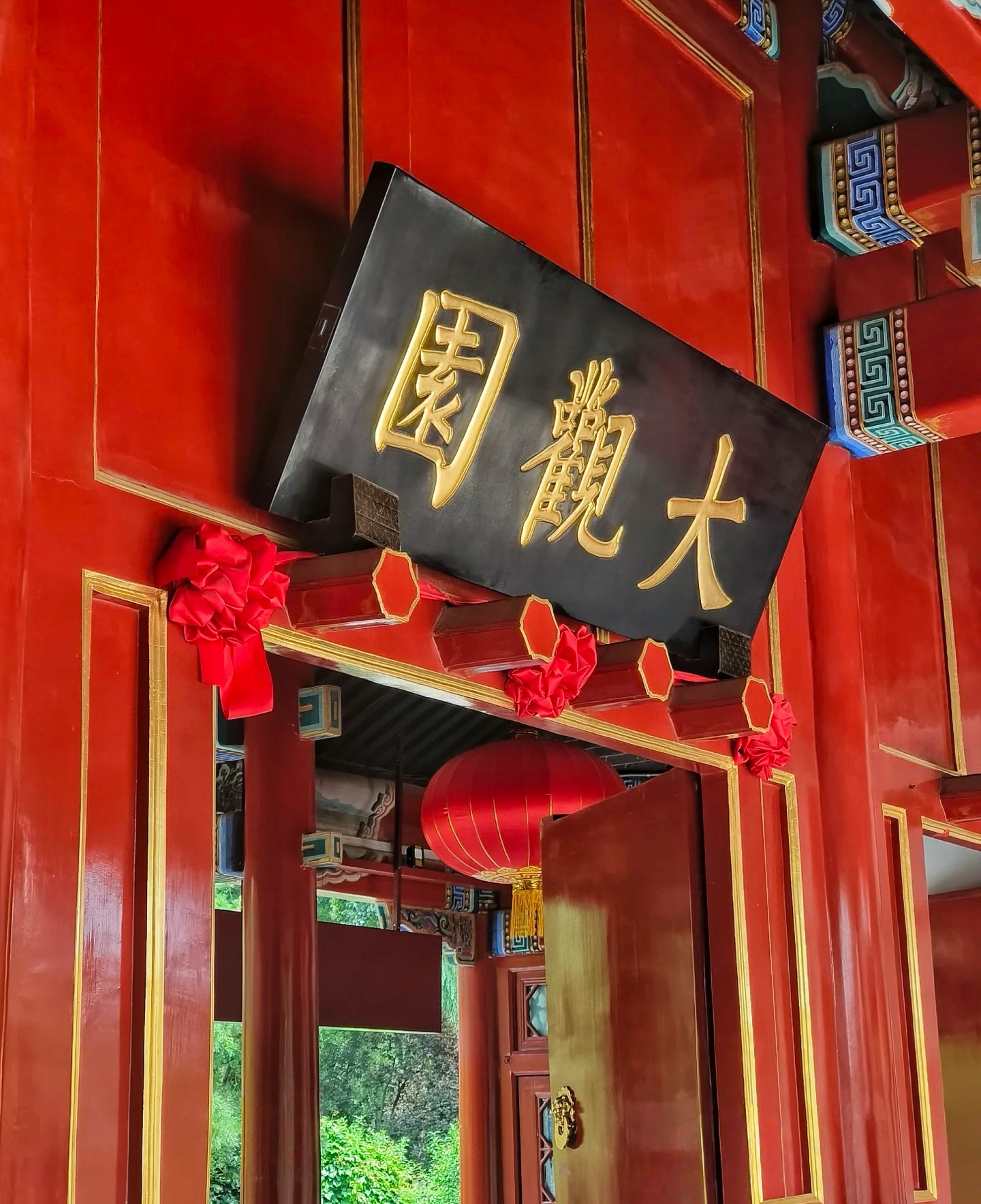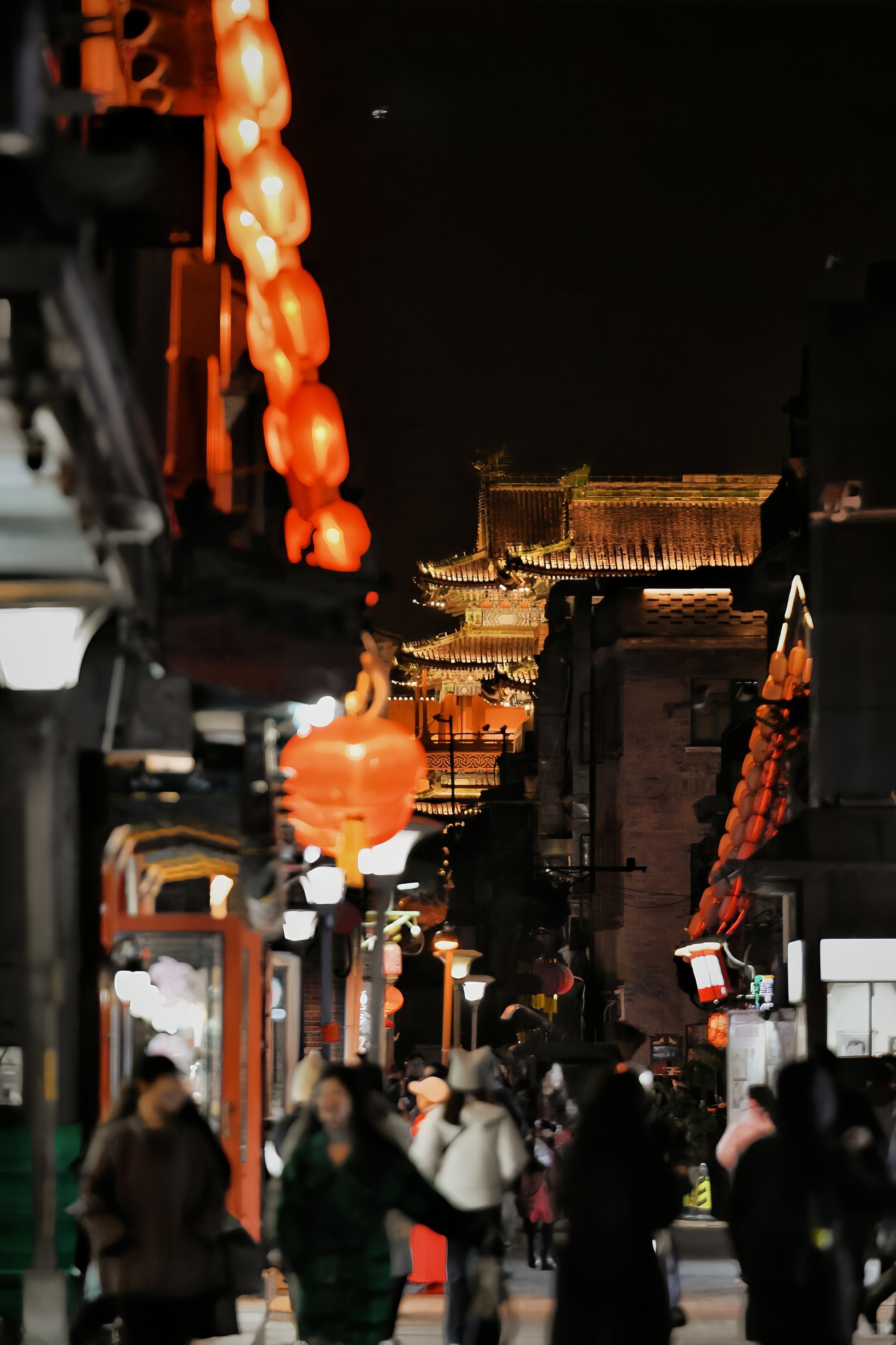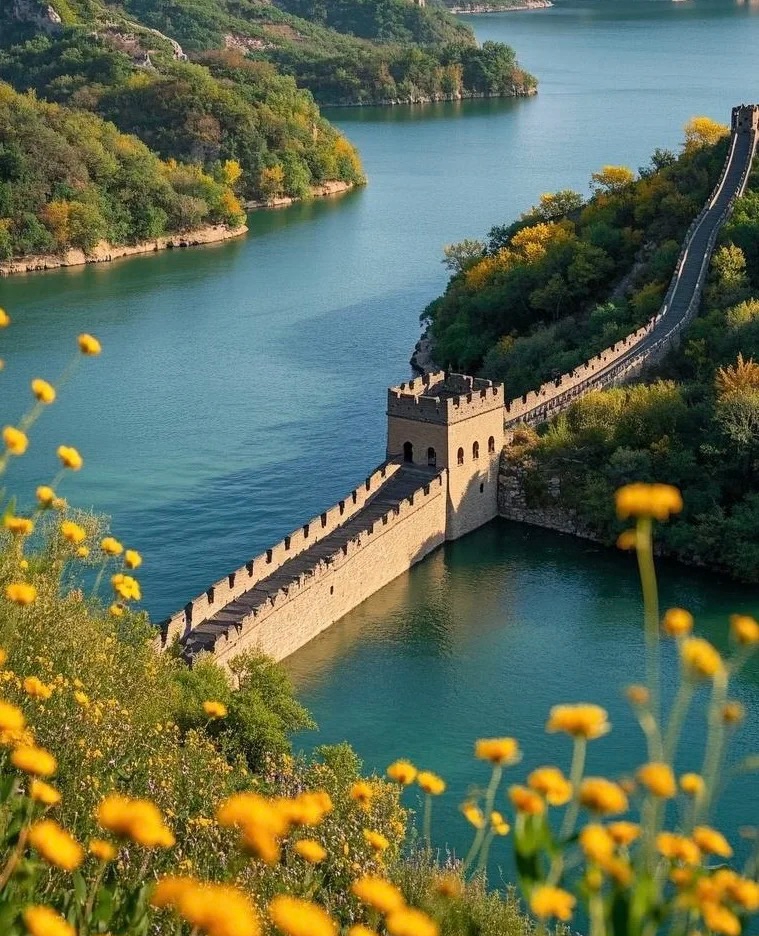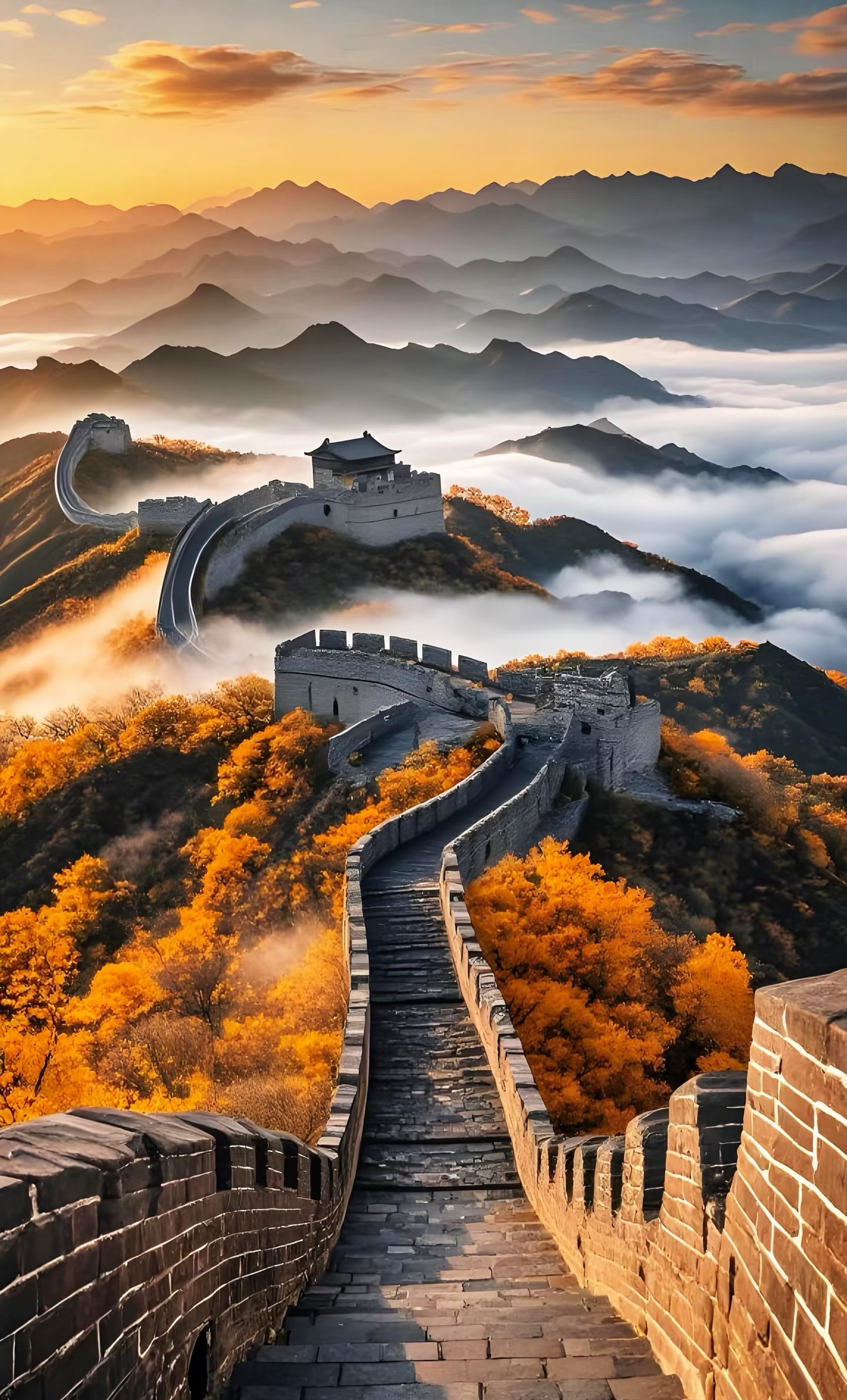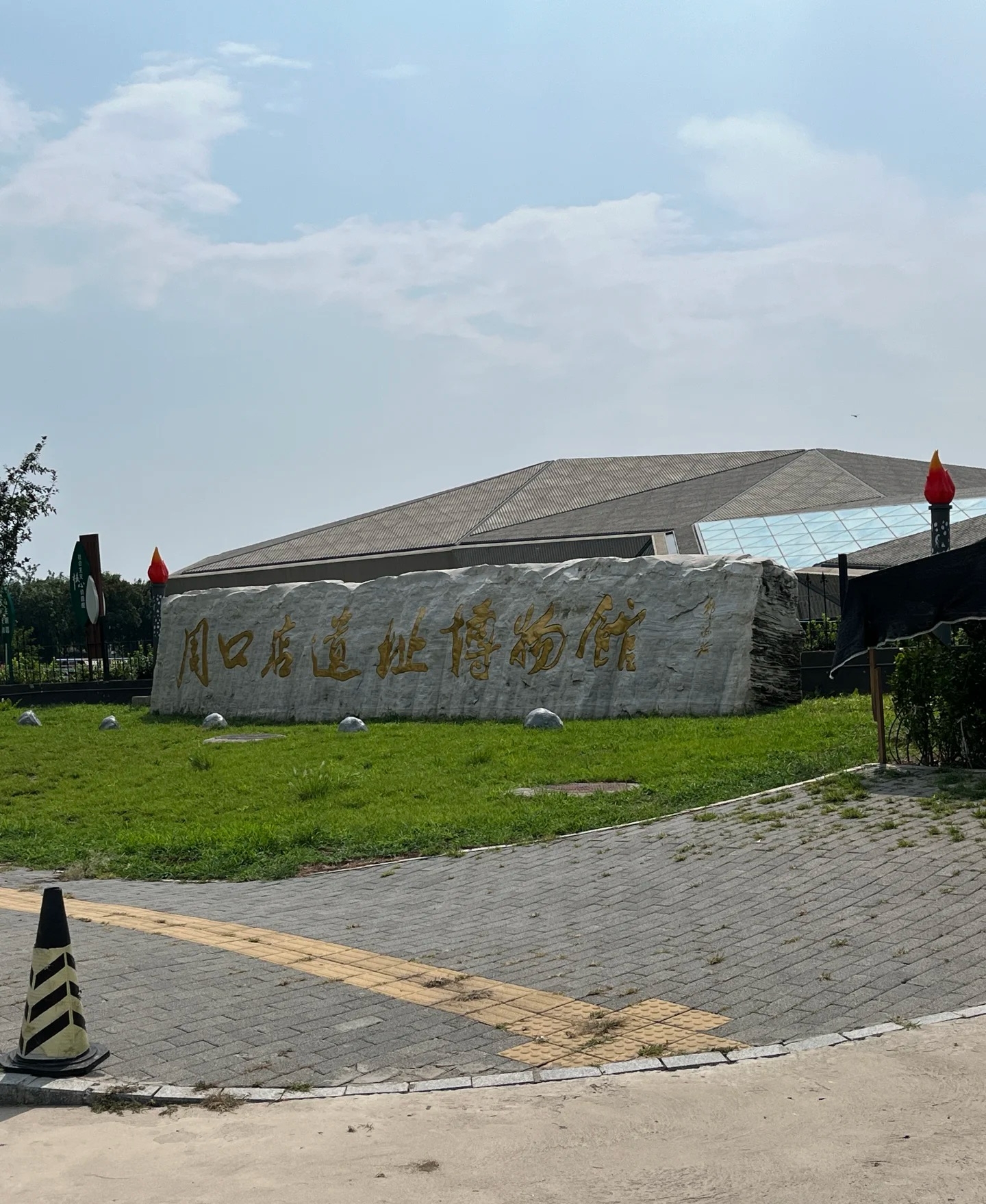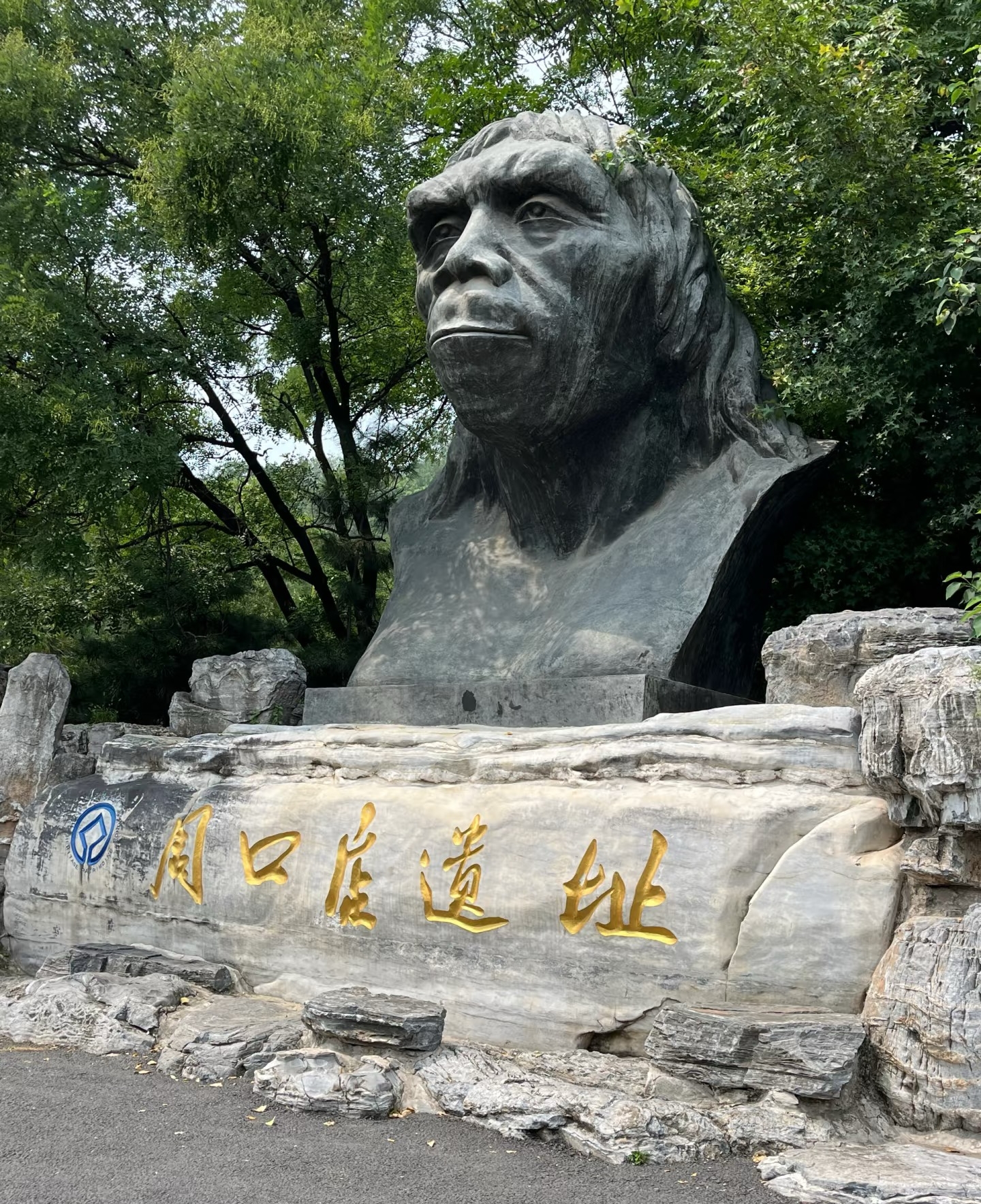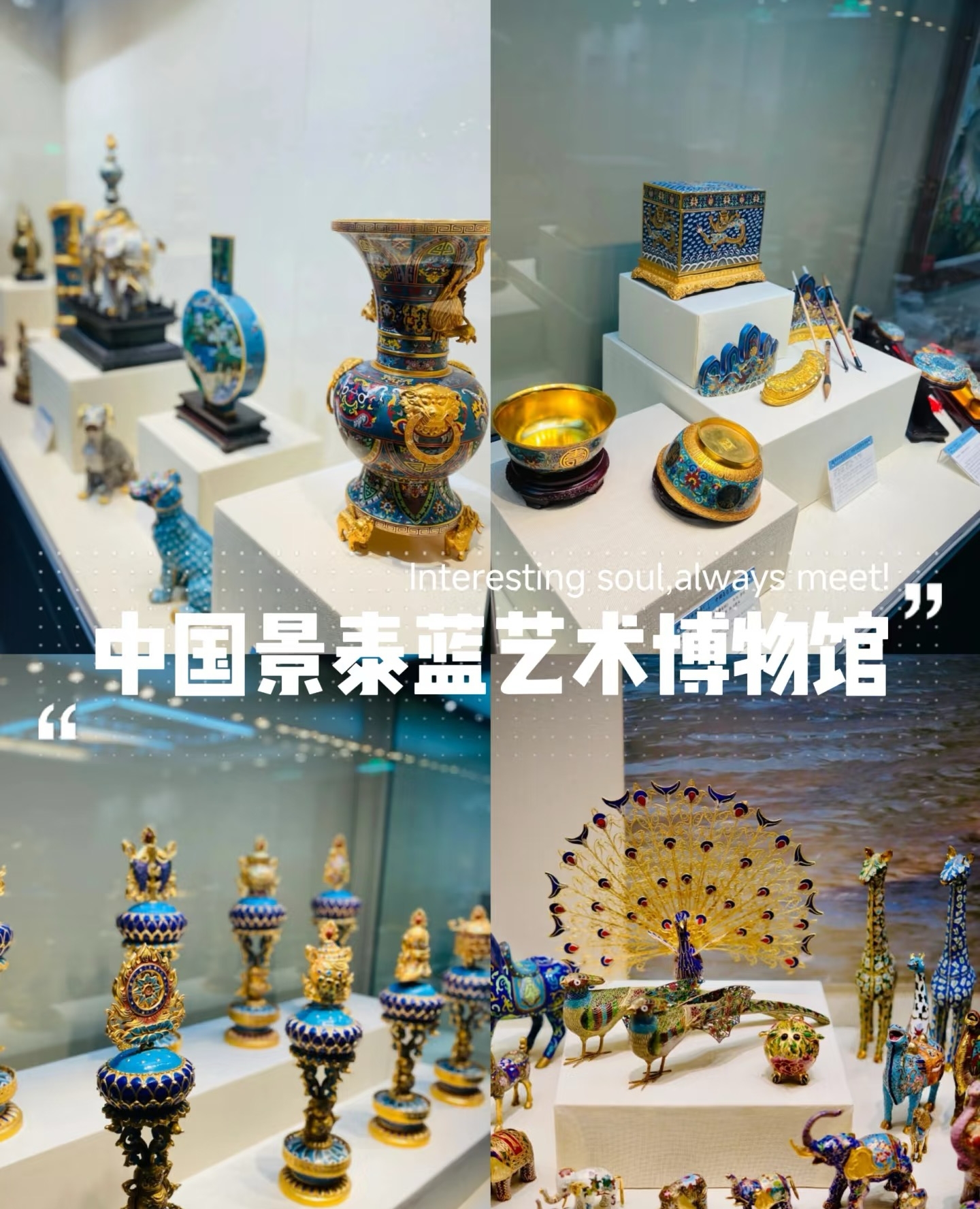

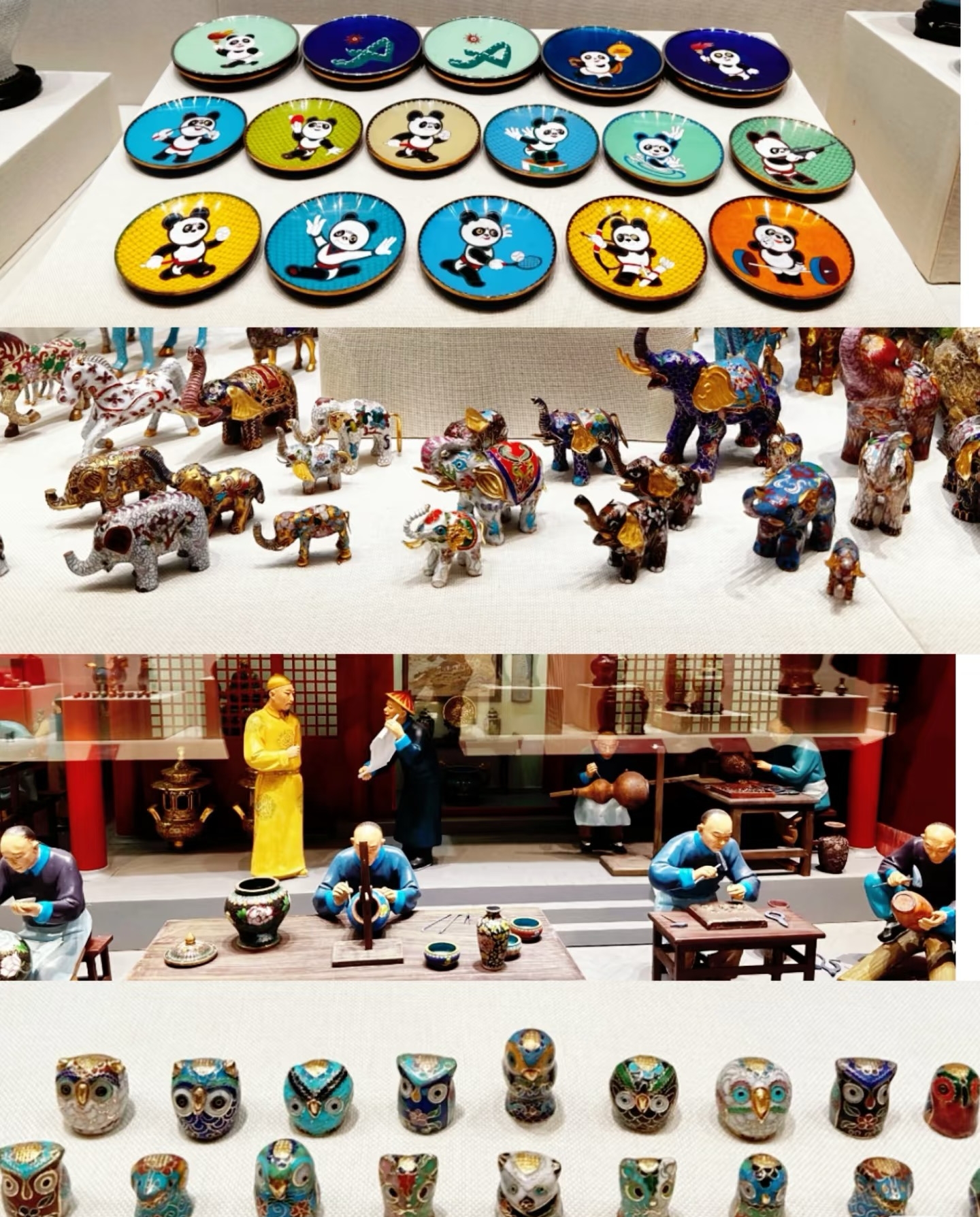
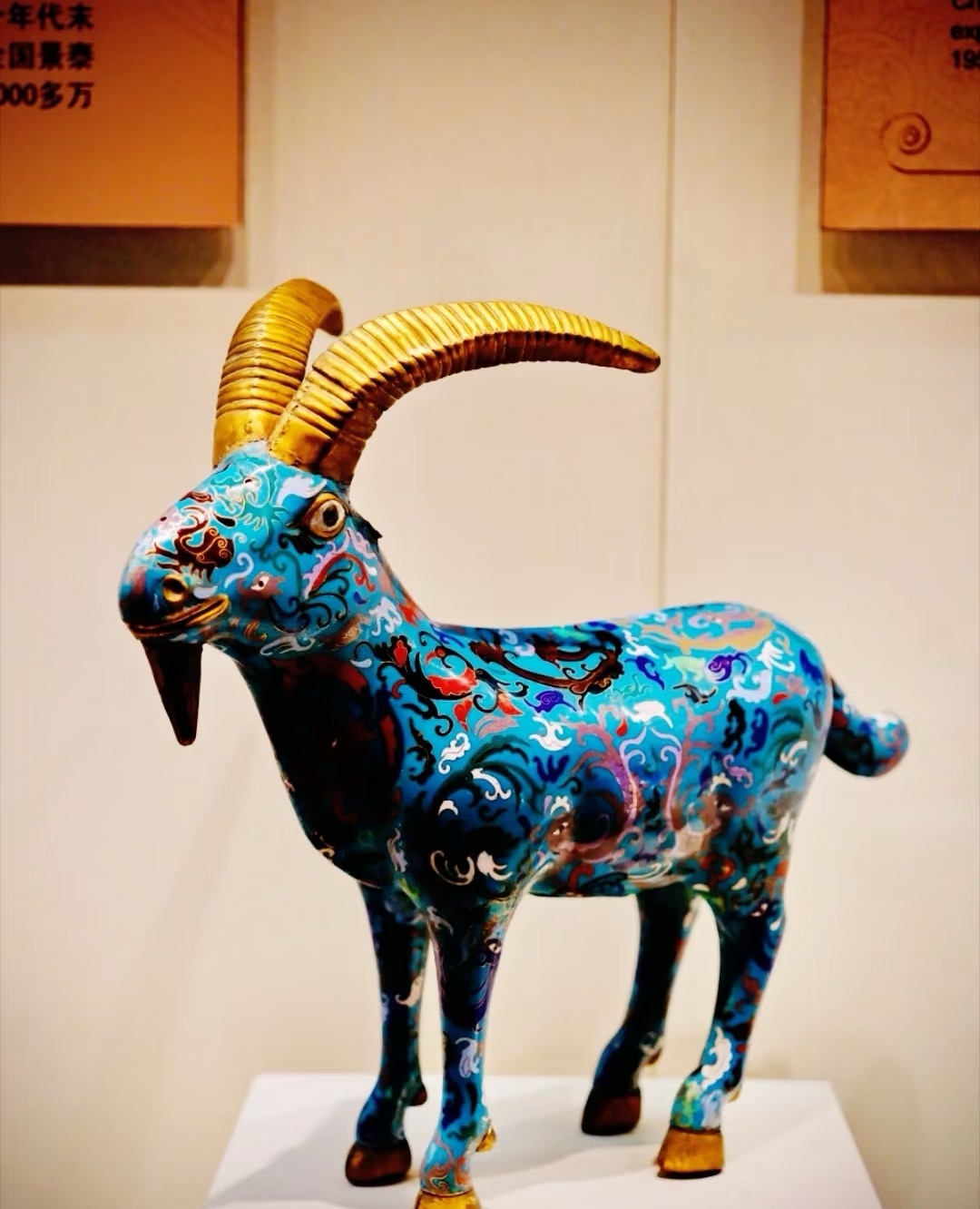


Beijing Enamel Factory
The Beijing Enamel Factory Museum showcases the traditional Chinese art of cloisonné, a technique for decorating metalwork objects with colored material held in place by wire. The museum displays the intricate process of creating these beautiful enamel works and houses a collection of exquisite historical and contemporary cloisonné pieces. Visitors can observe artisans at work and even try their hand at this ancient craft.
Information
Ticket price
Time
Location
10 Anlelin Rd, Yongdingmen Outer, Dongcheng District, Beijing, China
View maps
More about the trip
Beijing Enamel Factory: The Art of Cloisonné
The Beijing Enamel Factory Museum showcases the traditional Chinese art of cloisonné, a technique for decorating metalwork objects with colored material held in place by wire. This intricate craft, with a history of over 600 years in China, is renowned for its vibrant colors and detailed patterns. The museum displays the intricate process of creating these beautiful enamel works and houses a collection of exquisite historical and contemporary cloisonné pieces, offering a fascinating insight into this ancient art form.
What to See and Do
Observe the Crafting Process: Witness skilled artisans demonstrating the various stages of cloisonné production, from filigree soldering (bending and attaching copper wires to form patterns) to enamel filling, firing, polishing, and gilding. It's a rare opportunity to see this complex art being made.
Exhibition Hall: Explore the exhibition halls that display a wide range of cloisonné pieces, including vases, bowls, plates, and decorative items, from different historical periods. Admire the intricate designs, vibrant colors, and the evolution of the craft.
Historical Significance: Learn about the history of cloisonné in China, its origins, and its development as a highly prized imperial art form.
Purchase Cloisonné: The factory has a retail shop where you can purchase authentic cloisonné products, ranging from small souvenirs to elaborate art pieces. These make for unique and beautiful gifts.
Hands-on Experience (Optional): Some workshops might offer a simple hands-on experience, allowing visitors to try a basic step of the cloisonné process.
Best Time to Visit
The factory and museum are indoor attractions, making them suitable for visiting year-round. Weekdays are generally better for observing artisans at work. Check their official website for specific opening hours.
How to Get There
The Beijing Enamel Factory is located in Dongcheng District. It is not directly accessible by metro. You can take various bus routes (e.g., 35, 36, 122, 692, 958) to Anlelin Station (安乐林站) or Yongdingmenwai Station (永定门外站). A taxi or ride-hailing service is also convenient.
Travel Tips
Allow ample time: Plan for at least 1.5 to 2 hours to observe the process and explore the exhibits.
Photography: The intricate details of the craftsmanship offer excellent photo opportunities.
Support traditional crafts: Purchasing directly from the factory helps support the preservation of this intangible cultural heritage.

